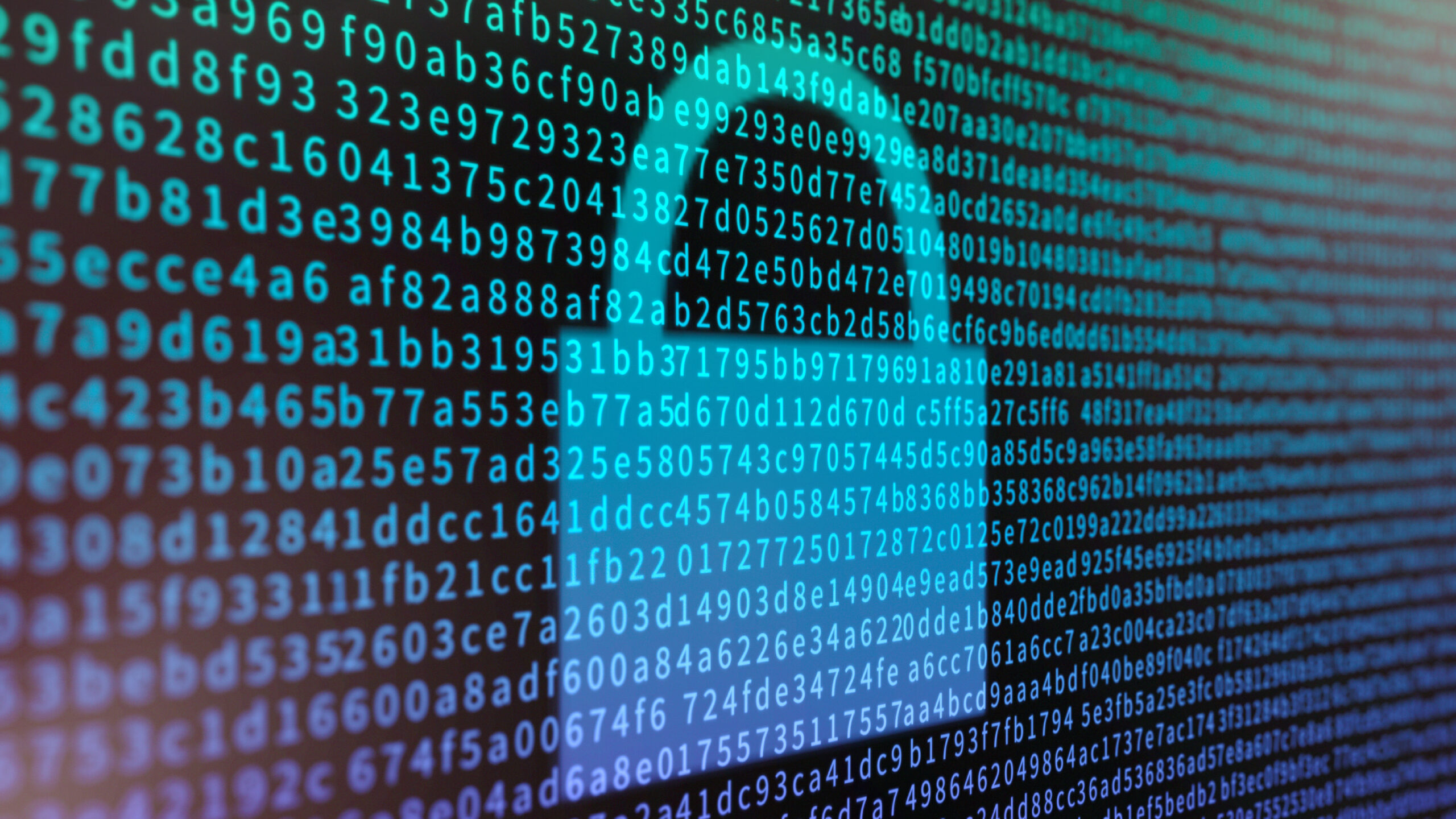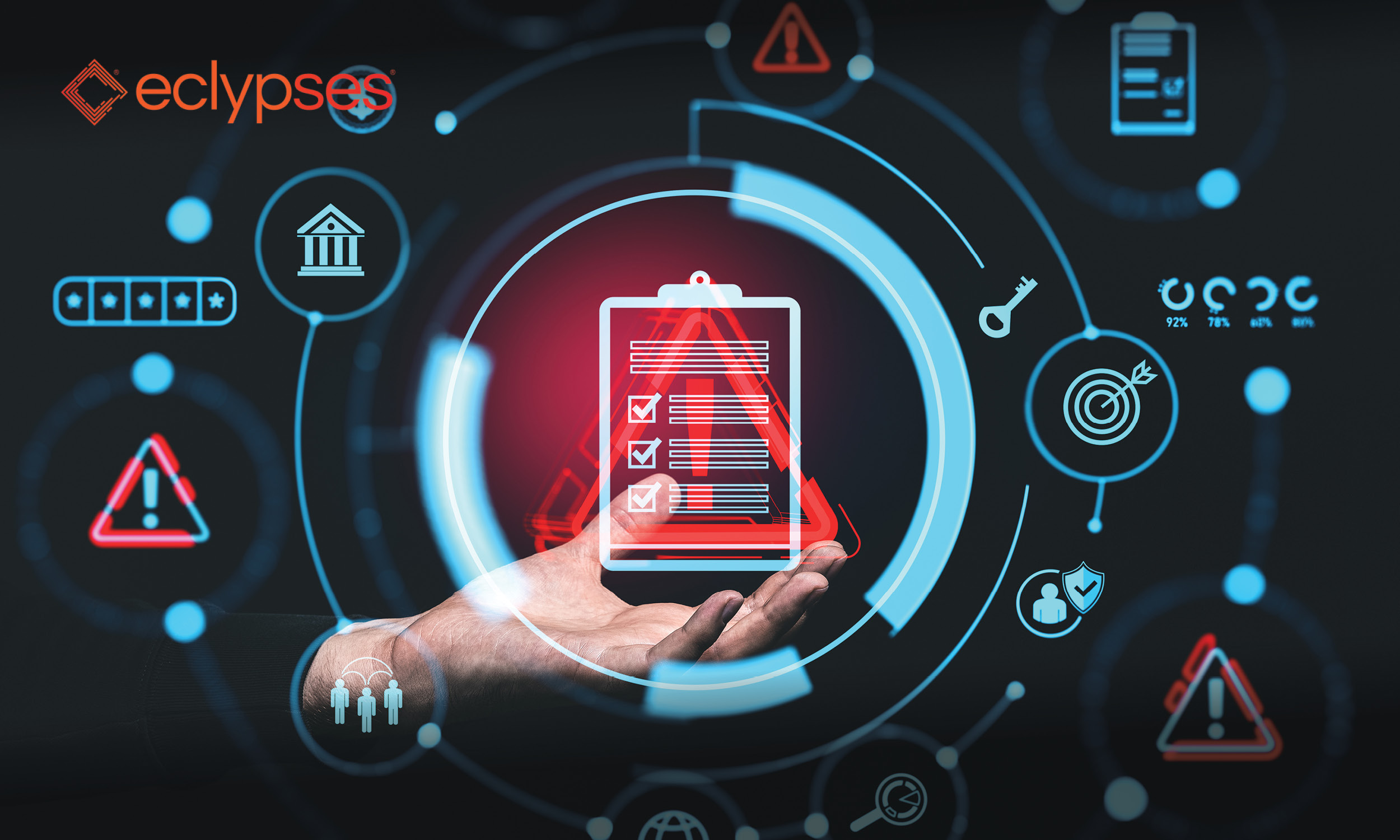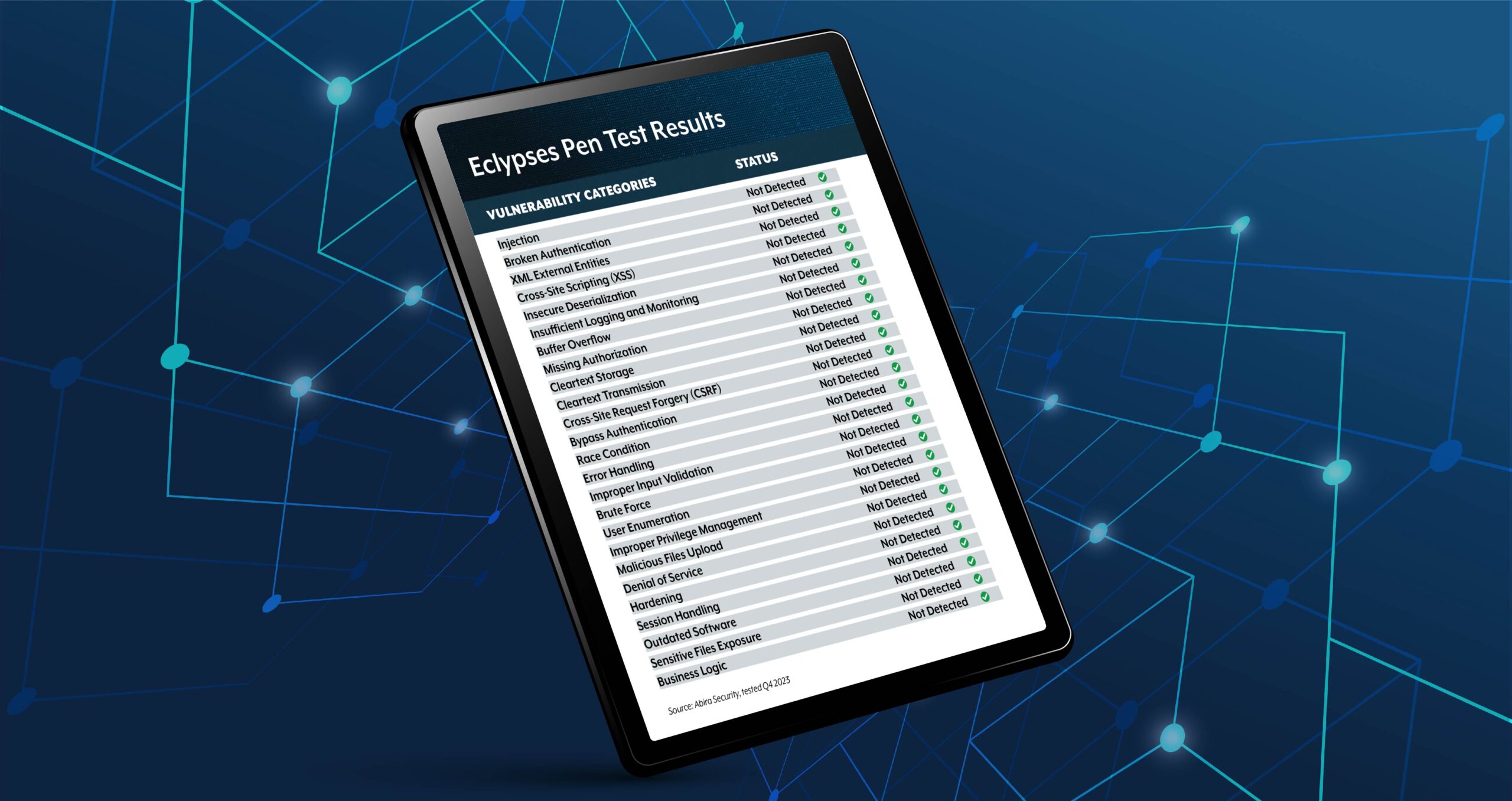
People and businesses rely on technology every day. However, with these modern innovations also comes risk. Cyberattacks pose a massive threat to organizations.
It has become vital that data is secure and safe. If it falls into the wrong hands, it can cause considerable damage to a company’s reputation and inflict substantial financial costs. Here’s more about securing data throughout all three stages and three best practices you can implement.
What Is Data Encryption and Why Is It Important?
Encrypting is one of the best ways to stop unauthorized parties from accessing it. Data encryption is where the information is converted into an unreadable code. To access the information, an encryption key is required, which only the appropriate users have. The encryption key is generated with the help of algorithms.
This method of securing sensitive information is often used in data in transit and at rest. Data encryption is important because even if a hacker obtains the information through a data breach, they still can’t access it. This is because the information is unreadable and requires the encryption key.
However, it’s worth mentioning that if encryption is not implemented correctly, malicious actors can still access the data it’s trying to conceal. Cybercriminals can sometimes break encryption algorithms, especially if they aren’t updated with the latest security advancements.
The Three Different Stages of Data
As mentioned, there are three different data stages and knowing what separates them is essential when choosing the suitable encryption method. Here are the three different stages.
1. Data at Rest
As the name would imply, this data is stationary. In other words, it’s not in transmission over the internet or sent from one device to another. Instead, data at rest is information stored on a computer hard drive or a portable device such as a flash drive.
One common example of data at rest is the information in a spreadsheet stored on a hard drive. This type of data is usually more secure when compared to the other two types.
2. Data in Motion
Data in motion — often called data in transit — is information sent between devices or networks, meaning it’s information traveling over the internet. Hackers can intercept this type of data and use it for ill intent. An example of data in transit is information sent through emails or instant messaging applications.
3. Data in Use
Data in use is information people are constantly accessing and working on. In other words, this data type is constantly updated and processed. Data in use can pose massive security risks because it is readily available.
Another reason this type of data is riskier than others is it opens up the possibility of human errors. For example, an employee not following cybersecurity best practices can be an entry point for accessing this information.
Why Is Protecting Data Throughout the Three Stages Essential?
Depending on how a business operates, its data has different associated threats. One of the first things a company can do to protect its data is to identify what information is at risk and implement safeguards to ensure it’s well protected.
That said, attacks can come from any direction and target any stage. When an organization encrypts its data across all three phases, it provides itself with the best level of protection.
With all the threats a business can face, you want to ensure you secure your company on all fronts. If a hacker has enough time, they can break any encryption. However, taking this extra layer of security provides a much better chance of protecting your information than unencrypted data, especially if you do it throughout all three stages.
3 Tips For Encrypting Data Throughout the Three Stages
Here are a few tips to protect your company’s information across each stage.
Data at Rest Encryption Tips
- Utilize full disk encryption (FDE): One of the biggest threats to data at rest is the loss of the laptop or hard drive where the information is. Even if the drive is stolen or misplaced, FDE stops unauthorized parties from accessing the data.
- Utilize file-level encryption (FLE): Instead of encrypting the entire drive, FLE only encrypts files or a folder. This type of encryption offers many benefits and provides a more refined approach to which files someone can access.
- Utilize data loss prevention (DLP) software: DLP software is a great way to protect data in all three stages. These tools detect security risks and prevent unauthorized people from obtaining the information. DLP tools can control end-point activity, monitor information on the cloud and implement preventive actions if it identifies a threat.
Data in Transit Encryption Tips
- Email encryption: This type of encryption protects information and attachments sent via email.
- Implement cybersecurity best practices: Implement antivirus software and other security tools that can identify threats and alert you of incidents. Remember to use DLP software to ensure sensitive information is well protected.
- Automate security policies: Many security tools offer protection that can automatically safeguard data in motion and warn users of a potential threat.
Data in Use Encryption Tips
- Limit the control of sensitive information: Limit what actions users can perform when working with sensitive or personal data. Many security tools can help with this.
- Implement safeguards for user access: Ensure only the people that need to work with the data have access to it.
- Implement identity management tools: This will ensure the person that accesses the information is who they say they are. Enable two- or multi-factor authentication, which will aid with allowing access only to authorized users.
Safeguarding Data with Eclypses MTE Technology
Eclypses MTE technology provides a cutting-edge solution to address the data security concerns that many hospitals and healthcare organizations have.
By securing at the application level, MTE technology:
- Verifies each endpoint connection
- Requires no change to the user experience
- Minimal impact on system resources
- Secures data inside the application
- Allows you to stop trusting the operating system and communication protocol
With such a large threat to their businesses hanging over them, healthcare organizations need to take preventative measures to protect themselves from becoming the next victim. While no security can remove the human element involved in something like a phishing attack, ensuring that data is secured completely from endpoint to endpoint is one way to ensure that there are no easy, open vulnerabilities for hackers to exploit. With Eclypses MTE Technology data is secured as soon as it is created. Additionally, when MTE is installed on a device, only that specific device can have access to a private database that also has MTE installed. With this kind of security, hackers would not be able to pair their own devices or browser sessions and therefore not be able to gain access to sensitive information.
Have Peace of Mind With Data Encryption
A company must do everything in its power to guarantee sensitive information is well protected. Knowing the three data stages and how each is vulnerable allows you to choose the best encryption for your business’s needs. Data encryption provides an extra layer of security to ensure confidential or sensitive information does not fall into the wrong hands.
Written by: Zachary Amos, Contributor


